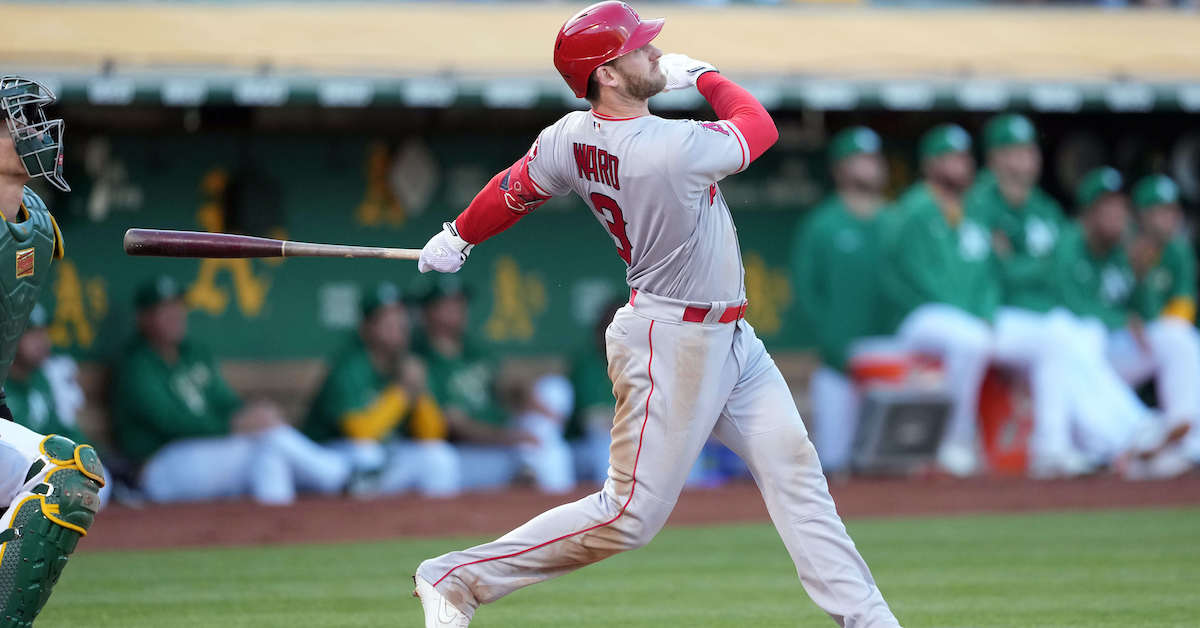Tony Gonsolin Is the Latest Dodgers’ Starter To Dominate Hitters

Given their success over the past half-dozen years and the strength of their preseason projections, it’s no surprise to find the Dodgers owning the National League’s top record (37-20, .649) while continuing to hold the league’s highest Playoff Odds (98.4%) and highest odds of winning the World Series (15.5%). What’s unusual is that they’ve done it with Clayton Kershaw missing about half the season thus far and with both Walker Buehler and Julio Urías struggling to regain their front-of-the-rotation form. Instead it’s been Tyler Anderson and Tony Gonsolin — two pitchers we initially projected to throw fewer than 100 innings as starters — leading the way in a rotation that has the majors’ lowest ERA (2.65).
On Thursday, Anderson’s scoreless streak came to an end at 28 innings against the White Sox, thanks in part to a ball that parkour’d its way into becoming a triple, but so far this year, he’s ridden an improved changeup to unexpected success. The night before that, it was Gonsolin holding Chicago to one run over six innings while helping to halt a three-game losing streak, the Dodgers’ second within a nine-day span. In the process, the 28-year-old righty took over the official NL ERA lead, at least for the moment, via a 1.58 mark. He’s pitched 57 innings while the Dodgers have played 57 games, but he’ll slip below the qualifying threshold again before he next gets the ball.
Regardless, Gonsolin is showing signs of a breakout, and at the very least enjoying his longest sustained run of major league success. Though he’s pitched for the Dodgers for four seasons — and largely pitched very well, with a 2.48 ERA and 3.50 FIP in 199.1 innings — it’s been in fits and starts. The ninth-round 2016 pick out of St. Mary’s College of California debuted in the majors three years later but that year was yo-yoed between Los Angeles and Oklahoma City, totaling just six starts, five relief appearances, and 40 innings. In 2020, Gonsolin totaled eight starts, one relief appearance, 46.2 innings, and three times being optioned to the Dodgers’ alternate training site. Last year, he spent two separate stretches on the injured list due to recurring right shoulder inflammation, not debuting until June 9 and then spending all of August and part of September sidelined. He made a career-high 13 starts plus two relief appearances but finished with just 55.2 innings. Read the rest of this entry »









